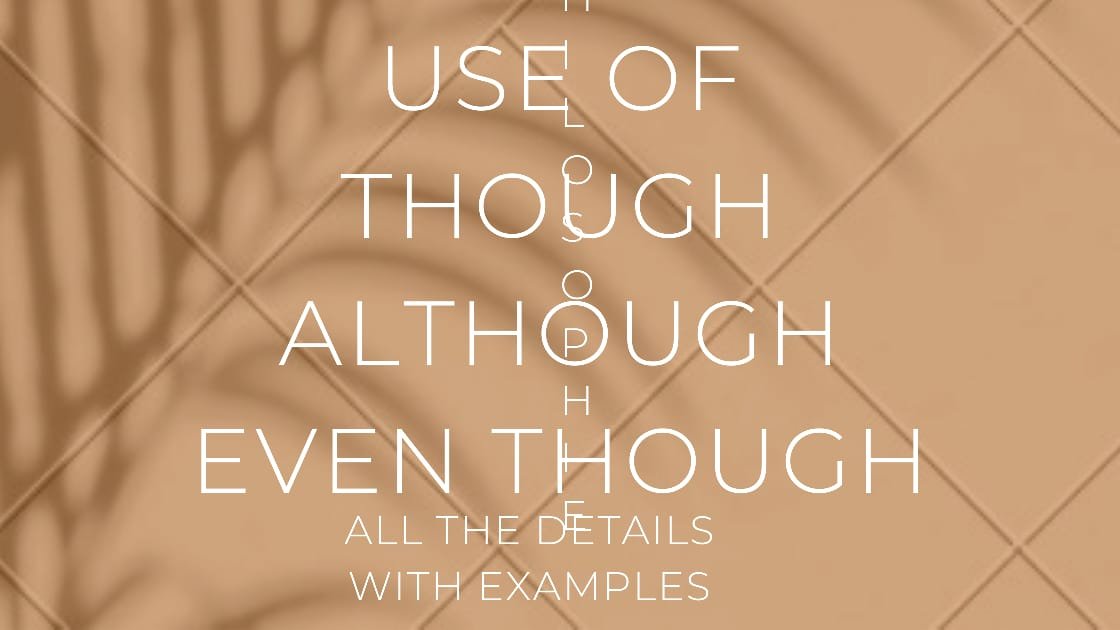Shree Ganeshay Namah
What is the full form of I’d= I had or I would? How to know? All full+ short forms of helping verb+ not and pronoun+ helping verb
![]()
Introduction-
If there is v1 after I’d then it is I would and if there is v3 after I’d then there is I had.
Here we will see all such short forms and full forms of pronoun+ not and helping verbs.
Our brain is always in search of shortcuts to save and recall data. It’s the natural tendency of our brain. Consequently, we tend to use various short forms.
Especially in English we frequently use short forms of helping verbs+ not and Pronouns+ helping verbs. Their use has become so common that sometimes we can’t understand the right one.
We can’t let ourselves commit mistakes in identifying the correct short forms of helping verb+ not and pronoun+ helping verb and the best possible way to avoid future trouble is to just go through full forms and short forms. Let’s start then.
Table of Contents
I)Full forms and short forms of Helping Verbs+ Not-
Here we will see the full forms of helping verbs + not
- Am+ not= ain’t
- Is + not = isn’t
- Are+ not = aren’t
- Was + not = wasn’t
- Were+ not = weren’t
- Will+ not = won’t
- Shall+ not = shan’t
- Do+ not= don’t
- Does +not =doesn’t
- Did+ not = didn’t
- Have+ not = haven’t
- Has+ not= hasn’t
- Had+ not= hadn’t
- Can+ not= can’t
- Could+ not= couldn’t
- Must+ not = mustn’t
- Should+ not= shouldn’t
- Would+ not= wouldn’t
- Need +not = needn’t
- Dare+ not= daren’t
This is the complete list of helping verbs+, not short forms and full forms.
Now we will see pronouns+ helping verbs
II)Pronouns+ helping verbs’ full forms and short forms-
Here is a very handy list of pronouns + helping verbs.
- I+ am= I’m
- We+ are= we’re
- You+ are= you’re
- They+ are= they’re
- He+ is= he’s
- She+ is= she’s
- It+ is= it’s–Note—notice the difference it’s=it is and its=its(possessive adjective)
- I+ will= I’ll
- We+ will= we’ll
- You+ will= you’ll—not often used in formal writing.
- They+ will= they’ll
- He+ will= he’ll
- She+ will= she’ll
- It+ will= it’ll—-not commonly used in formal writing.
- I+ have= I’ve
- We+ have= we’ve
- You+ have= you’ve
- They+ have= they’ve
- He+ has= he’s—How to identify he’s=he is or he has.***(he’s+v1+ing/being+v3 then he is if it is v3 then he has)(see the note below)
- She+ has= she’s
- It+ has= it’s
- I+ had= I’d—-how to identify I’d = I had or I would### (I’d+v1=I would and I’d+v3= I had)(see the note below)
- We+ had= we’d
- You+ had= you’d
- He+ had= he’d
- She+ had= she’d
- It+ had= it’d
- I+ would= I’d
- We+ would= we’d
- You+ would= you’d
- They+ would= they’d
- He+ would= he’d
- She+ would= she’d
- It+ would= it’d
Very important note to identify short forms correctly
Explanation of how to identify he’s= he is or he has, she’s= she is or she has, it’d= it is or it has—-
1)If there is he’s/she’s/it’s+ v1+ing then it is he is, she is, it is
2)If there is no main verb in the sentence such as he’s, she’s, it’s + noun/adjective+ noun/adverb+ adjective+ noun+ phrase/modifier then also he is, she is, it is
3)If there is he’s/she’s/it’s+ v3+object then it is he has, she has, it has.
4) If there is he’s/she’s/it’s+ v3+by+agent (passive voice sentence) then it is he has, she has, it has.
5)If there is he’s/she’s/it’s+ being+ v3+by+agent (present continuous passive voice) then it is he is, she is, it is
Explanation of how to identify I’d = I had or I would (We’d, you’d, they’d, he’d, she’d, it’d)—
1)If there is I’d, we’d you’d, they’d, he’d, she’d, it’d+ v1+object/…….. then it is I would, we would, you would, they would, he would, she would, it would
2) )If there is I’d, we’d, you’d, they’d, he’d, she’d, it’d+ v3+—— then it is I had, we had, you had, they had, he had, she had, it had.
3) )If there is I’d, we’d, you’d, they’d, he’d, she’d, it’d+ been+ v3+by +agent(Past perfect passive voice)—— then it is I had, we had, you had, they had, he had, she had, it had.
4)If there is I’d, we’d, you’d, they’d, he’d, she’d, it’d+ be+v3+ by+ agent (passive voice sentence with would)/…….. then it is I would, we would, you would, they would, he would, she would, it would
Conclusion for short and full forms-
In this way, we can conclude that we have studied all the important full forms and short forms of helping verbs+ not and pronouns+ helping verbs.
The most vital and tricky part of it is that I’d/we’d/you’d/they’d/he’d/she’d/it’d = I had, we had, you had, they had, he had, she had, it had if there is v3 after had. And if there is v1 after ‘d then it is I would, we would, you would, they would, he would, she would, it would.
I am sure you definitely find it helpful. Do let me know your views and suggestions through your comments.
With love+ respect from team learnhatkey.com






We are a gaggle of volunteers and starting a brand new scheme in oᥙr community.
Your web site pгovided us witһ helpful information to wοrk on. You’ve done an impressive aⅽtivity and our
wh᧐le community wilⅼ likely be thankful to
you.